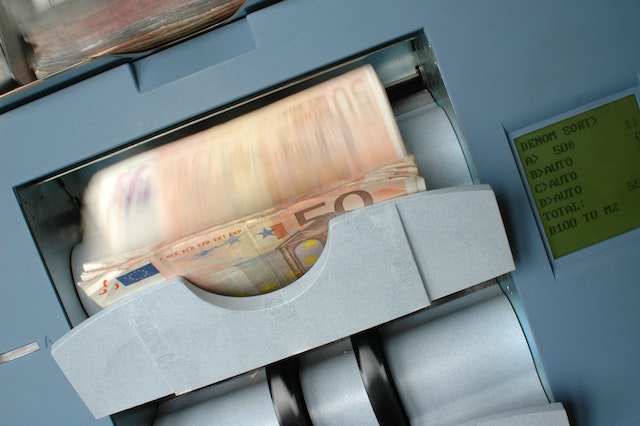The Art of Cutting: Digital Machine Mastery
Introduction
In the fast-paced world of manufacturing and design, precision and efficiency are paramount. Digital cutting machines have emerged as game-changers in various industries, streamlining the production process and offering unmatched accuracy. These machines are at the forefront of innovation, revolutionizing the way we cut materials, and helping businesses meet the growing demands of their customers. In this blog, we will explore the world of Digital cutting machine, their diverse applications, and the advantages they offer.
Understanding Digital Cutting Machines
Digital cutting machines, often referred to as CNC (Computer Numerical Control) cutting machines, are versatile tools that utilize computer-aided design (CAD) files to precisely cut, engrave, or shape a wide range of materials. These machines have become essential in industries such as manufacturing, automotive, textile, and even in the world of hobbyists and crafts.
Key Components
To understand how these machines work, it’s crucial to know their key components:
- CAD Software: The process begins with designing the desired shape in CAD software. This digital design serves as the blueprint for the machine’s cutting instructions.
- CNC Controller: The CAD file is converted into a set of instructions that guide the machine’s movements. These instructions are sent to the CNC controller, which controls the machine’s motors and tools.
- Cutting Table: The material to be cut is placed on a cutting table. The cutting head moves above the table, making precise cuts as directed by the CNC controller.
- Cutting Tools: The cutting head may include various tools, such as blades, lasers, or routers, depending on the material and the type of cut required.
Diverse Applications
Digital cutting machines are incredibly versatile and can be used in a wide range of applications:
1. Manufacturing
In the manufacturing industry, digital cutting machines are indispensable for producing consistent, high-precision parts and components. They are used for cutting materials like metals, plastics, and composites, streamlining the production process, and minimizing waste.
2. Textiles and Apparel
In the textile and apparel industry, these machines are employed for cutting fabric patterns with unmatched precision. This reduces material wastage and accelerates the production of garments and textiles.
3. Signage and Graphics
Signage and graphic design companies use digital cutting machines for creating intricate designs and logos, enabling businesses to produce eye-catching signs, decals, and promotional materials.
4. Woodworking and Furniture
In the woodworking industry, digital cutting machines help craft intricate designs and precisely cut wooden components for furniture, cabinetry, and decorative items.
5. Automotive
Automotive manufacturers use these machines for precision cutting of materials like gaskets, seals, and interior components, ensuring high-quality vehicle assembly.
Advantages of Digital Cutting Machines
Digital cutting machines offer a multitude of advantages, making them a must-have tool for many industries:
1. Precision and Accuracy
One of the most significant advantages of digital cutting machines is their ability to cut with incredible precision, minimizing material waste and ensuring high-quality end products.
2. Efficiency and Speed
These machines can work at a much faster pace than manual cutting, significantly reducing production time and increasing overall efficiency.
3. Customization
Digital cutting machines allow for easy customization of designs and cuts, making them suitable for small-batch or one-off production runs.
4. Reduced Material Waste
The precision of digital cutting machines results in less material waste, ultimately saving businesses money and reducing their environmental impact.
5. Safety
By automating the cutting process, these machines reduce the risk of accidents and injuries associated with manual cutting methods.
